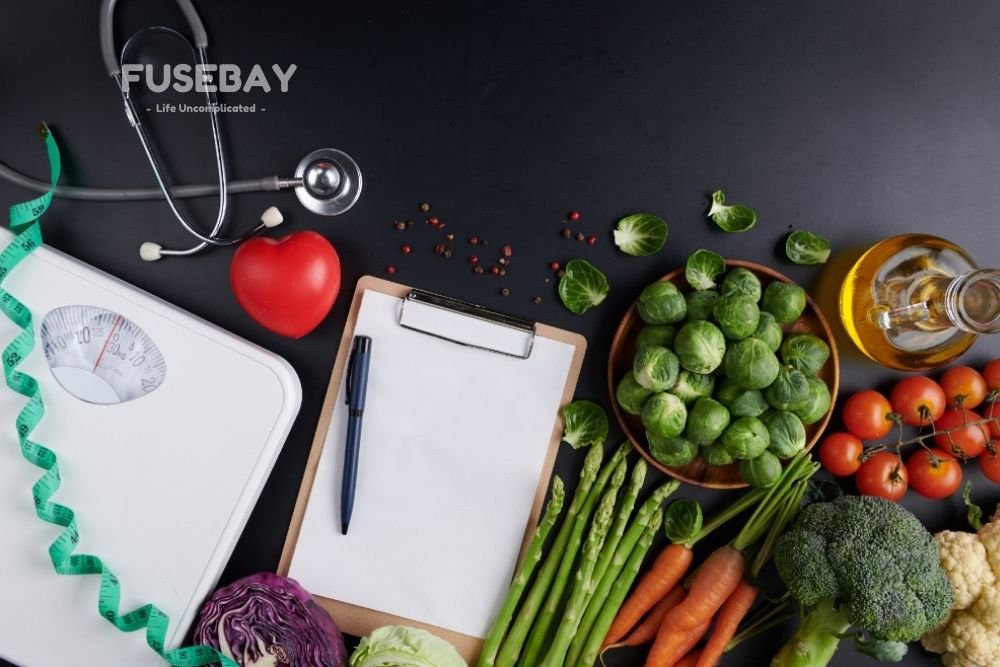Top Foods That Lower Blood Pressure Naturally:
High blood pressure, or hypertension, is a common health condition that significantly increases the risk of heart disease, stroke, and other severe medical complications. However, dietary choices are crucial in managing and even reducing blood pressure levels. This comprehensive guide delves into the foods that lower blood pressure and offers insights into how to incorporate them into your lifestyle for optimal health benefits.
1. Leafy Greens: The Potassium-Rich Powerhouses
Leafy greens such as spinach, kale, and collard greens are among the most effective foods for reducing blood pressure. They are rich in potassium, a mineral that helps the kidneys eliminate excess sodium, a primary contributor to hypertension.
Key Benefits:
- High potassium levels help counterbalance sodium in the diet.
- Rich in magnesium, which promotes blood vessel relaxation.
How to Incorporate:
- Add spinach to your morning smoothies.
- Use kale as a base for hearty salads.
- Steam collard greens and season with garlic for a savory side dish.
Pro Tip: Fresh or frozen greens are preferable to canned ones, as canned varieties often contain added sodium.
2. Berries: Sweet, Antioxidant-Rich Gems
Berries, especially blueberries, strawberries, and blackberries, are brimming with antioxidants called flavonoids. These compounds improve blood vessel function and combat oxidative stress, which can contribute to high blood pressure.
Top Choices:
- Blueberries: Packed with anthocyanins, powerful antioxidants that support heart health.
- Strawberries: Rich in vitamin C and potassium.
- Blackberries: High in fiber and vitamin K.
How to Enjoy: Mix berries into oatmeal, sprinkle them on yogurt, or blend them into a nutrient-packed smoothie.
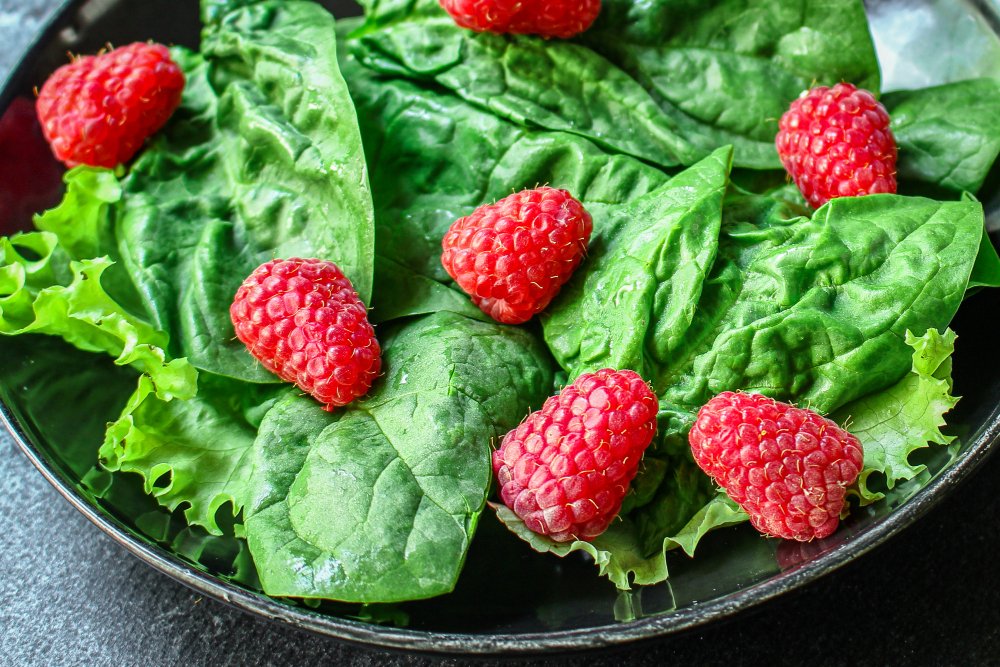
3. Beets: Nature’s Nitrate Source
Beets are a standout superfood when it comes to lowering blood pressure. Their high nitrate content converts into nitric oxide in the body, which relaxes and widens blood vessels, leading to improved circulation.
Nutritional Highlights:
- Loaded with dietary nitrates that enhance blood flow.
- High in fiber, supporting overall cardiovascular health.
Ways to Include Beets:
- Roast beets for a sweet, earthy side dish.
- Blend beetroot juice for a refreshing and heart-healthy drink.
- Grate raw beets into salads for added crunch and nutrition.
4. Whole Grains: Fiber for the Win
Whole grains are a fundamental part of a heart-healthy diet. Foods like oats, quinoa, and barley are rich in dietary fiber, which aids in reducing cholesterol and stabilizing blood pressure levels.
Fiber-Rich Options:
- Oats: Excellent for breakfast, especially when combined with fruits.
- Quinoa: A versatile grain loaded with magnesium and potassium.
- Barley: Known for its beta-glucans, which promote heart health.
Tip: Replace refined grains with whole grains to maximize health benefits and maintain steady energy levels throughout the day.
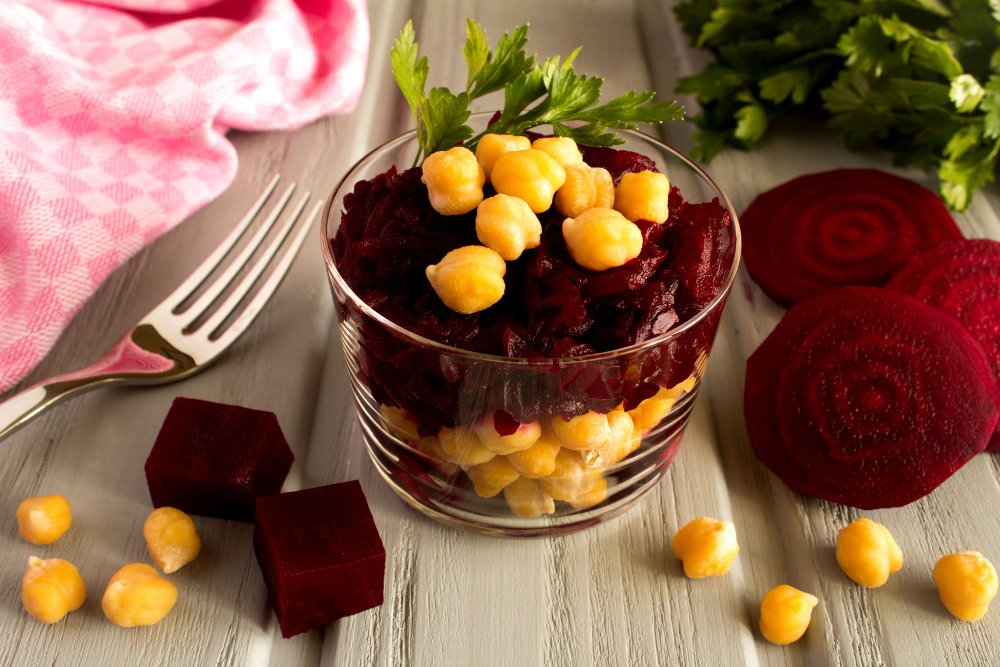
5. Bananas: A Potassium Powerhouse
Bananas are a quick and convenient way to boost your potassium intake, a key nutrient for lowering blood pressure. With over 400 mg of potassium per medium banana, they are a natural ally for heart health.
Easy Ways to Enjoy:
- Slice bananas over whole-grain cereal.
- Blend them into smoothies with spinach and almond milk.
- Enjoy as a standalone snack.
6. Fatty Fish: Omega-3 for a Healthy Heart
Fatty fish such as salmon, mackerel, and sardines are exceptional sources of omega-3 fatty acids. These healthy fats reduce inflammation, decrease triglyceride levels, and help regulate blood pressure.
Best Practices:
- Eat fatty fish at least twice a week.
- Opt for grilled or baked preparations to preserve nutrients.
Bonus Nutrients: Fatty fish are also rich in vitamin D, a nutrient linked to lower blood pressure and better cardiovascular health.
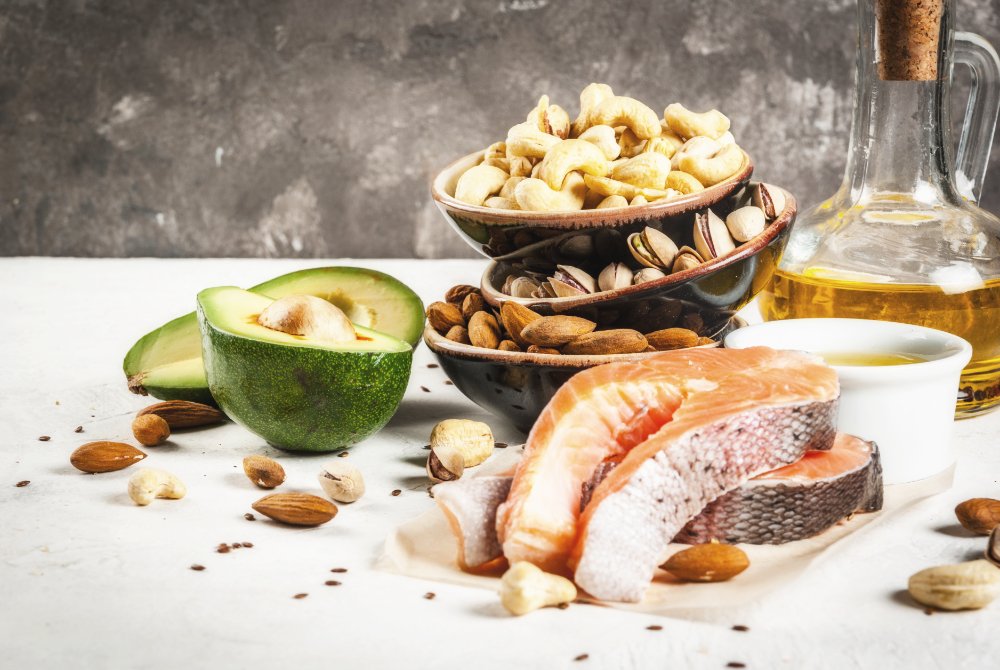
7. Garlic: A Natural Vasodilator
Garlic is celebrated for its medicinal properties, particularly its ability to lower blood pressure. The active compound allicin relaxes blood vessels and promotes healthy blood flow.
Why Garlic Works:
- Reduces stiffness in blood vessels.
- Improves overall cardiovascular health.
Cooking Tips: Use fresh garlic in sautés, soups, or dressings. Crushed garlic releases more allicin, enhancing its health benefits.
8. Legumes: Affordable and Effective
Legumes, including lentils, chickpeas, and beans, are nutrient-dense and cost-effective additions to your diet. They are rich in magnesium, potassium, and fiber—essential nutrients for maintaining healthy blood pressure.
Best Choices:
- Lentils: High in protein and fiber.
- Black beans: Rich in antioxidants and minerals.
- Chickpeas: Perfect for soups and salads.
How to Use: Incorporate legumes into soups, stews, or as a base for dips like hummus.
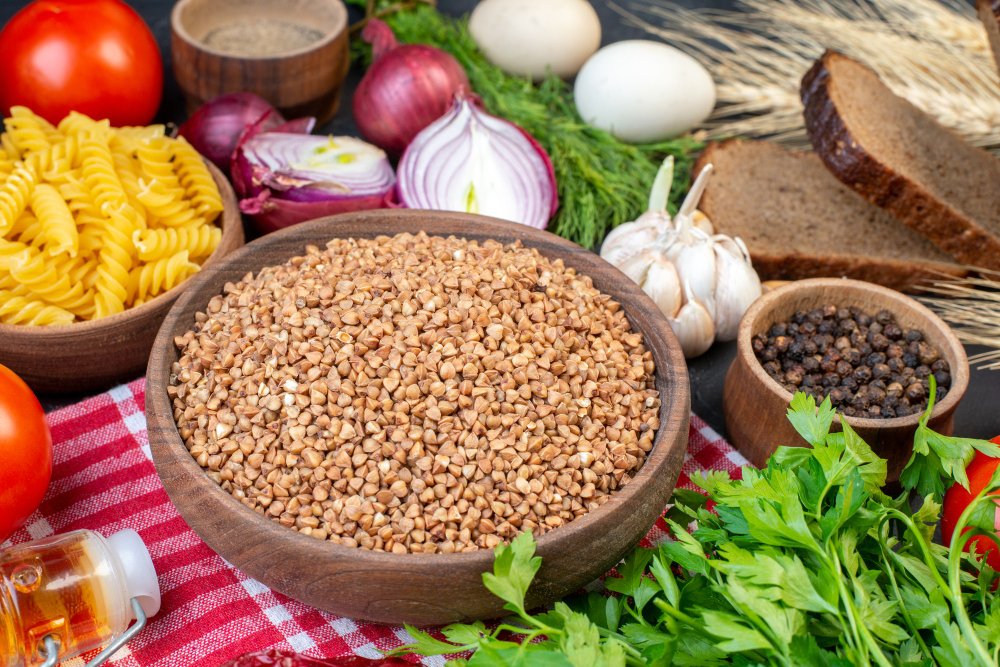
9. Dark Chocolate: A Decadent Heart Helper
Dark chocolate, with a cocoa content of 70% or higher, is a delicious way to improve heart health. It contains flavonoids, which relax blood vessels and reduce blood pressure.
Moderation is Key:
- Limit to 1 ounce per day.
- Pair with nuts for an antioxidant-rich snack.
Pro Tip: Choose varieties with low added sugar to maximize benefits.
10. Nuts and Seeds: Nutritional Nuggets
Almonds, walnuts, flaxseeds, and chia seeds are small but mighty when it comes to heart health. These foods are excellent sources of healthy fats, magnesium, and potassium, which work together to keep blood pressure in check.
Simple Snacking Tips:
- Eat a handful of unsalted almonds or walnuts as a snack.
- Sprinkle chia seeds over oatmeal or yogurt.
- Use flaxseed meal in smoothies or baked goods.

11. Pomegranate Juice: A Heart-Healthy Beverage
Pomegranates are rich in antioxidants and polyphenols that benefit heart health. Drinking pure pomegranate juice can significantly reduce systolic blood pressure.
Best Practices:
- Opt for 100% pure juice without added sugars.
- Enjoy it as part of your morning routine.
12. Low-Fat Dairy: Calcium for Better Blood Pressure
Calcium plays a vital role in maintaining healthy blood pressure levels, and low-fat dairy products are an excellent source. Milk, yogurt, and cheese provide essential nutrients while keeping fat intake low.
Top Picks:
- Greek yogurt: High in protein and probiotics.
- Skim milk: A classic choice for calcium.
- Cottage cheese: A versatile option for savory or sweet dishes.
Lifestyle Tips for Maximum Impact
While consuming these foods is beneficial, combining dietary changes with other healthy habits enhances their effectiveness:
- Exercise regularly: Engage in at least 30 minutes of moderate activity most days of the week.
- Limit sodium intake: Avoid processed and packaged foods high in salt.
- Manage stress: Practice mindfulness, meditation, or deep breathing exercises.
By adopting a holistic approach, you can significantly improve your blood pressure and overall health.
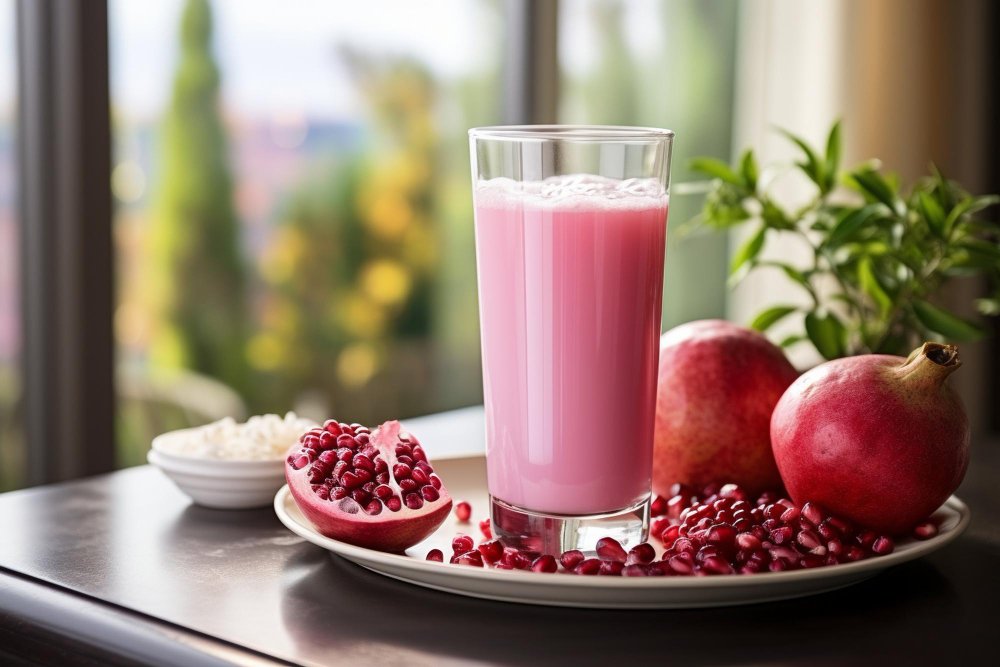
Conclusion:
Incorporating foods that lower blood pressure into your daily diet is a simple yet powerful step toward better heart health. From potassium-rich leafy greens to omega-3-packed fatty fish, these nutrient-dense options can naturally regulate blood pressure and support overall wellness. By combining these dietary changes with regular exercise, stress management, and reduced sodium intake, you can achieve long-term benefits. Remember, small, consistent changes can lead to significant improvements. Prioritize these foods in your meals to take control of your blood pressure and enhance your quality of life.
Discover amazing information and unique finds on FuseBay! Don’t miss out—visit our website for exclusive articles and top-notch blogs tailored just for you!
FAQs About Foods That Lower Blood Pressure
1. What are the best foods to lower blood pressure quickly?
Leafy greens like spinach and kale, beets, and bananas are excellent choices. These foods are rich in potassium, nitrates, and other nutrients that help reduce blood pressure effectively.
2. Can eating dark chocolate lower blood pressure?
Yes, dark chocolate with at least 70% cocoa contains flavonoids, which improve blood flow and relax blood vessels, helping to lower blood pressure.
3. How often should I eat fatty fish to manage blood pressure?
It is recommended to eat fatty fish like salmon or mackerel at least twice a week. These are rich in omega-3 fatty acids, which support heart health and help reduce blood pressure.
4. Are there any beverages that can help lower blood pressure?
Yes, pomegranate juice and beetroot juice are highly effective in reducing systolic blood pressure due to their high nitrate and antioxidant content.
5. Can I reduce blood pressure by eating whole grains?
Absolutely! Whole grains like oatmeal, quinoa, and barley are rich in fiber, which helps regulate cholesterol levels and promotes healthy blood pressure.

